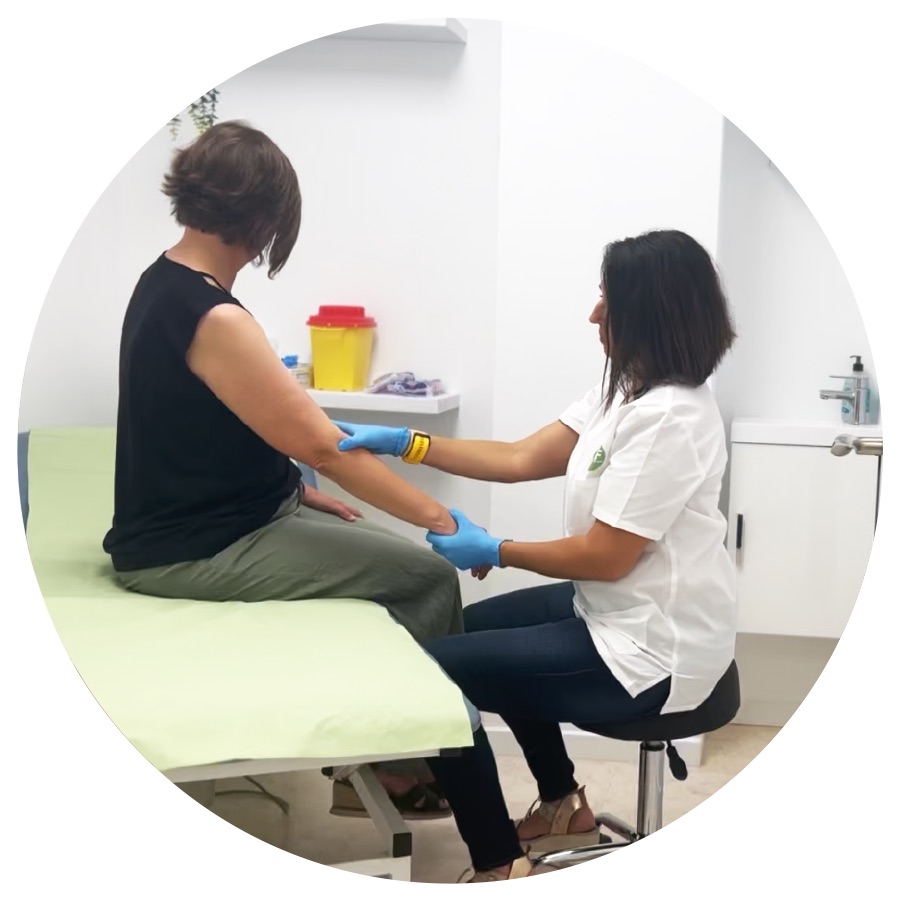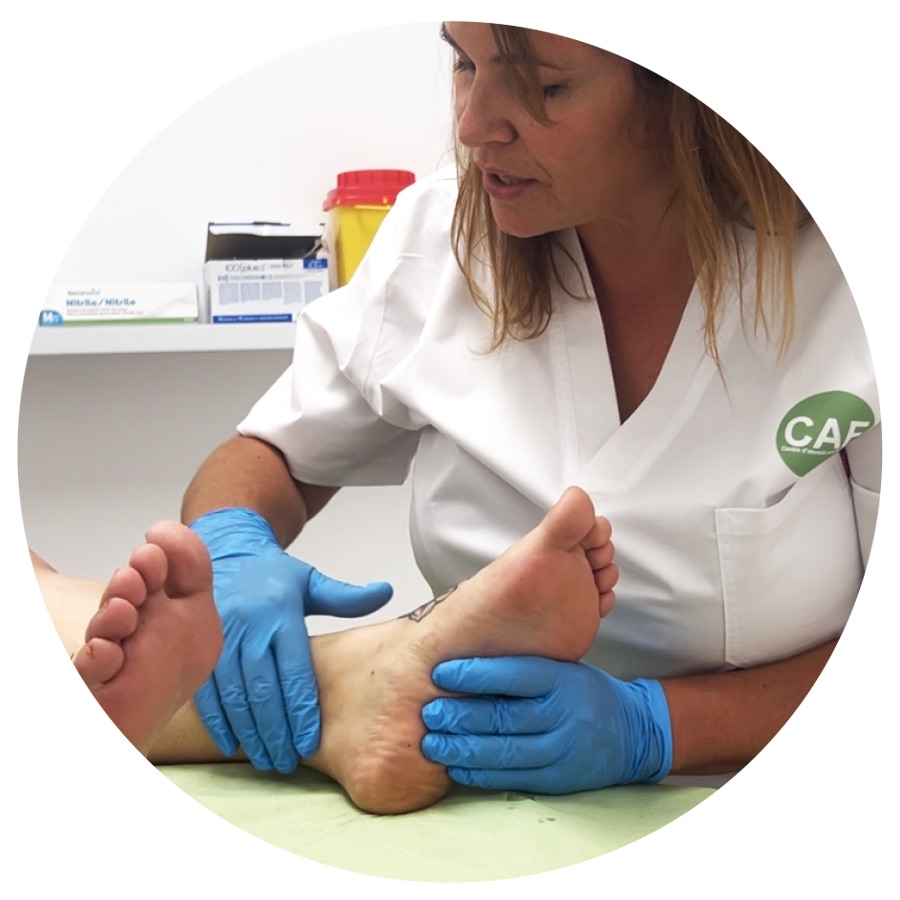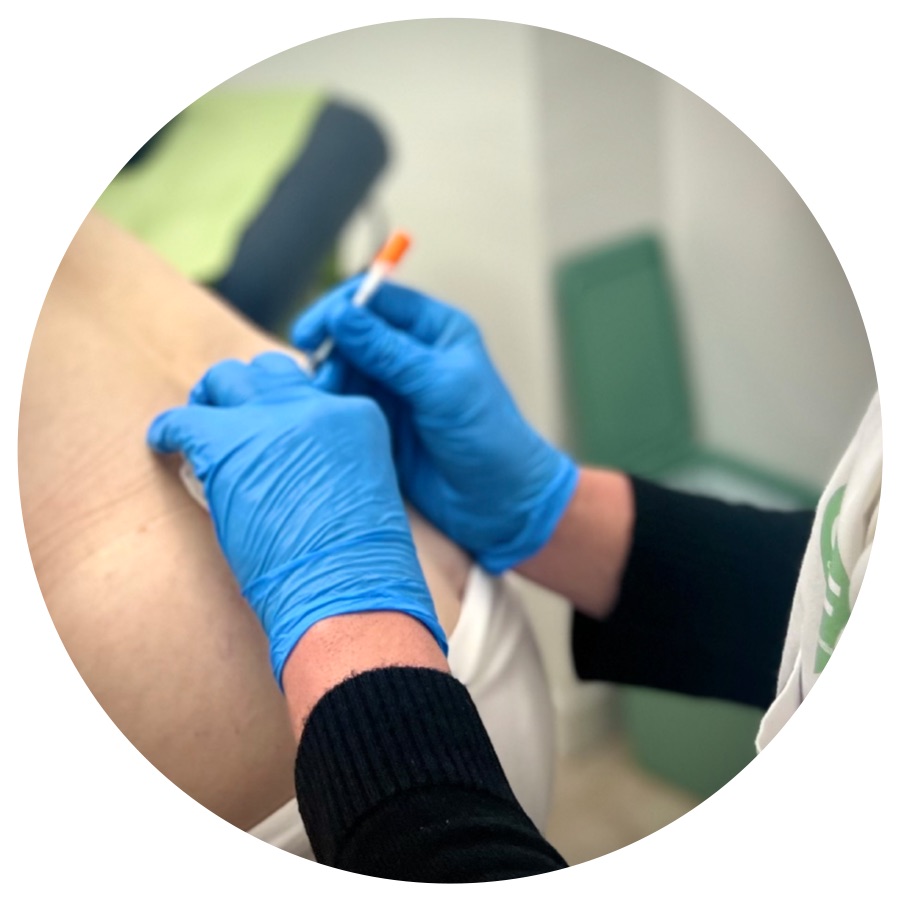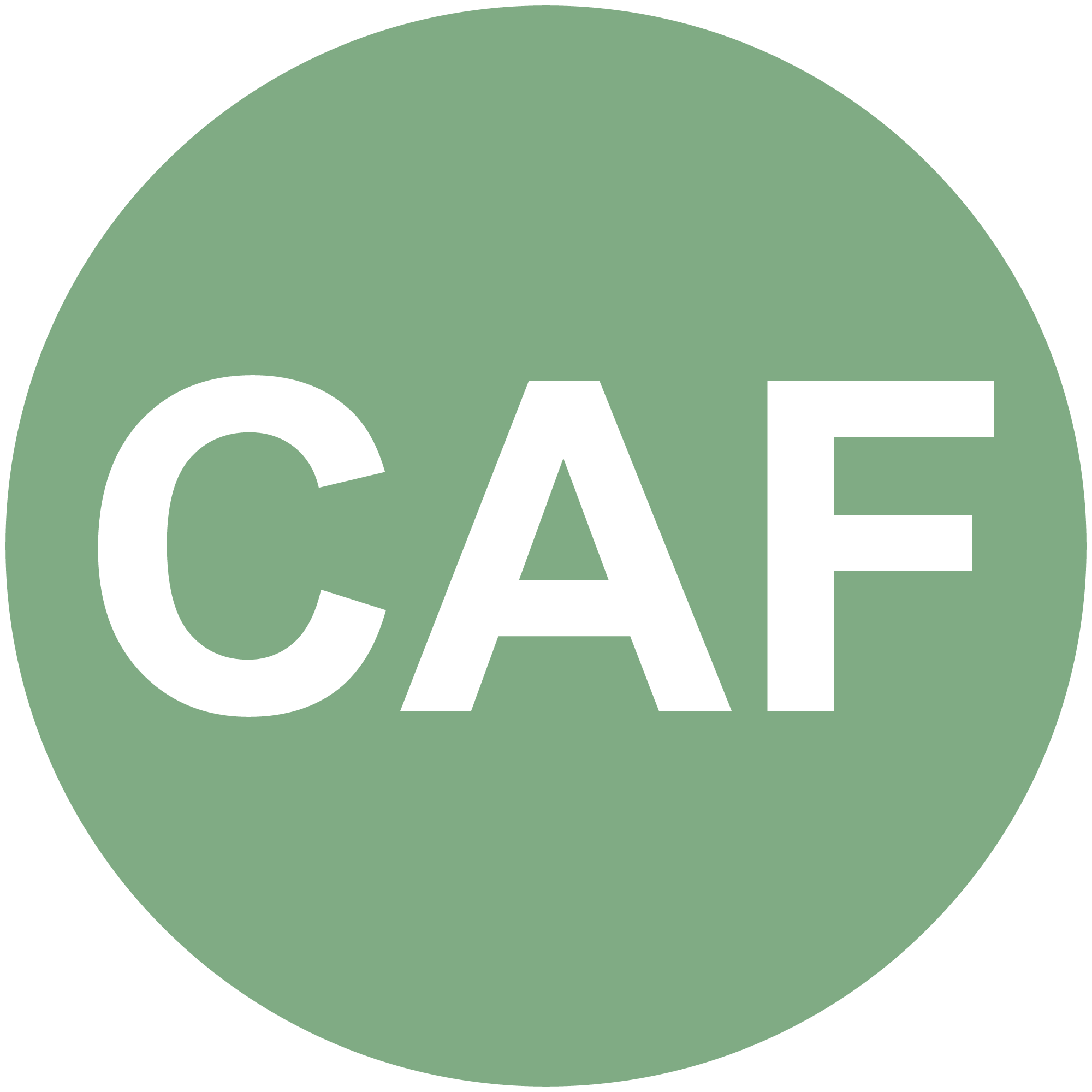How do we treat pain at the CAF?

Trust us with your pain: We have the innovative PMS technique
What is the PMS technique?
At the CAF, we use the PMS technique (Subcutaneous Multipoint Puncture), a minimally invasive method designed to treat dysfunctions of the superficial fascia.
Dr. Expósito explains in this video what the treatment consists of and how it helps relieve chronic pain.



How does the treatment start?
The process begins with a detailed anamnesis, where we listen to the patient to identify where they feel pain or limitations. Next, we perform a functional examination to assess how the pain affects movements and daily activities.
How do we identify the areas to treat?
We perform a manual physical examination with palpation, a key exploration to locate areas with fascial dysfunction and guide the treatment.

What is the procedure?
Once the affected areas are located, we apply the PMS technique using small sterile needles less than 1 cm long, performing micropunctures precisely and safely. This process is non-pharmacological, with excellent tolerance and minimal side effects, such as possible small bruises or hematomas.
When are the results noticed?
During the technique, the patient may experience an immediate and progressive improvement. In just 30-45 minutes, many notice a significant reduction in pain and improved mobility. To achieve longer-lasting results, most require an average of 3 sessions, ranging from 1 to 5 sessions depending on each case.

Who developed this technique?
Doctors Marta Cañis Parera and Marta Expósito Izquierdo developed the PMS technique thanks to research started in 2018 with their doctoral theses, focused on fibrofatty tissue dysfunction as a factor in low back pain. This research laid the foundations for this innovative chronic pain treatment.
What is the working hypothesis behind the PMS technique?
The PMS technique is based on the idea that fascial tissue can accumulate residual water from metabolic processes, especially around subcutaneous fat. This water becomes trapped in interfascial spaces with poor drainage, causing increased volume, compression, and pain. With micropunctures, these spaces are broken, allowing the water to drain naturally into the lymphatic system. This reduces compression, relieves pain, and improves mobility and patient well-being.

